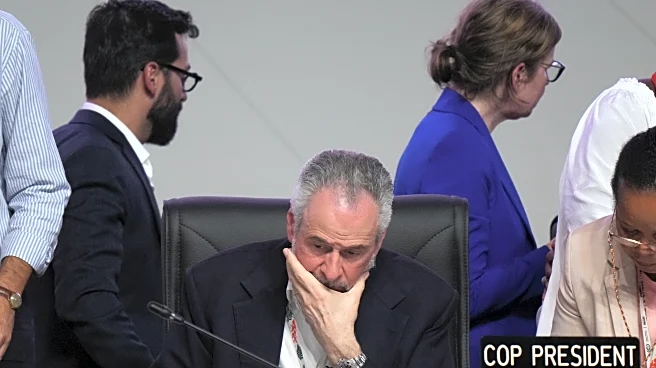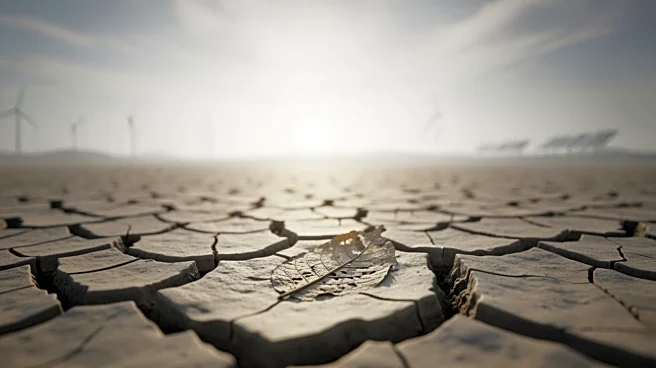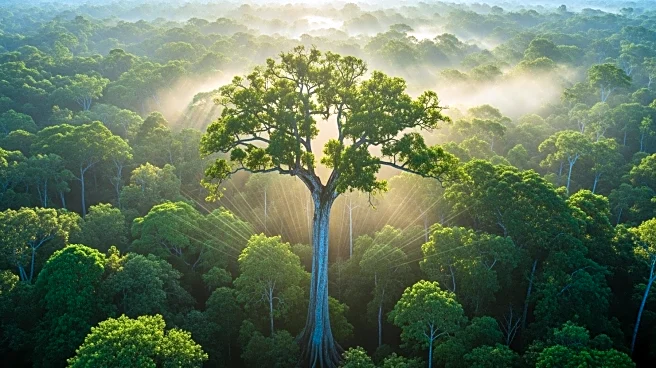What's Happening?
At the COP30 climate summit in Belém, Brazil, Indigenous peoples achieved significant recognition and support for their role in environmental conservation. Brazil officially recognized the Kaxuyana tribe's
original territory, marking a victory for Indigenous land rights. The summit also saw a $1.8 billion pledge from several countries and foundations to support land rights and conservation projects in Indigenous territories across Latin America, Africa, and Asia. Despite some criticisms regarding the grouping of Indigenous peoples with local communities, the summit acknowledged Indigenous land rights and forest management as key climate mitigation strategies.
Why It's Important?
The recognition and funding for Indigenous peoples at COP30 underscore their critical role in preserving biodiversity and maintaining carbon sinks. Indigenous-managed territories are increasingly seen as effective in conserving natural resources, which is vital for global climate mitigation efforts. The financial support pledged at the summit will empower Indigenous communities to strengthen their land rights and conservation initiatives, contributing to sustainable development and environmental protection. This development highlights the growing acknowledgment of Indigenous knowledge and stewardship in global climate policy.
Beyond the Headlines
The inclusion of Indigenous land rights in climate policies represents a shift towards more inclusive and equitable environmental governance. By recognizing the contributions of Indigenous peoples, the global community is taking steps to address historical injustices and empower marginalized groups. This approach not only supports environmental conservation but also promotes social justice and cultural preservation, fostering a more holistic and sustainable approach to climate action.












